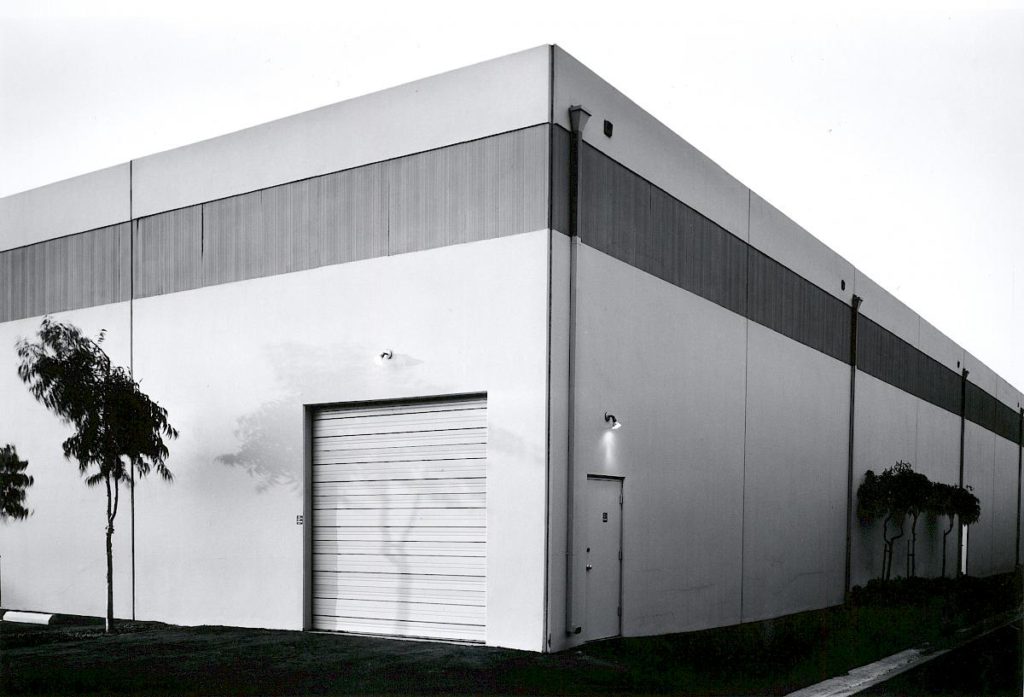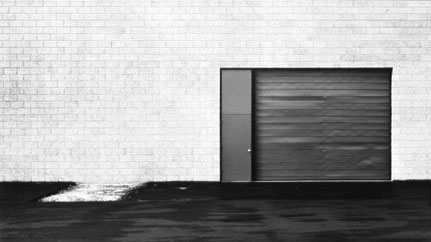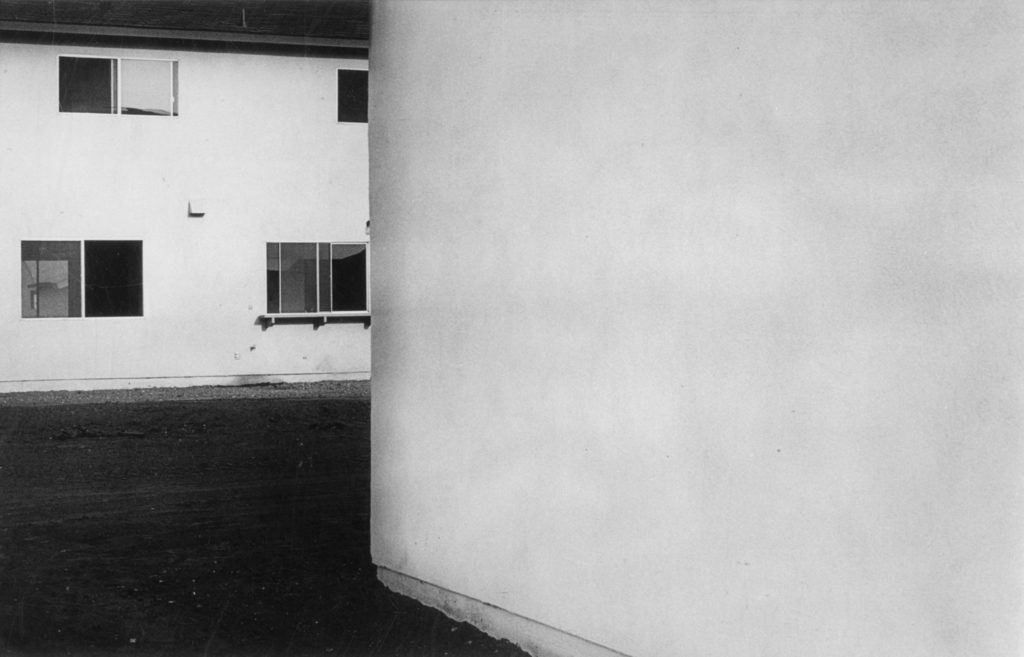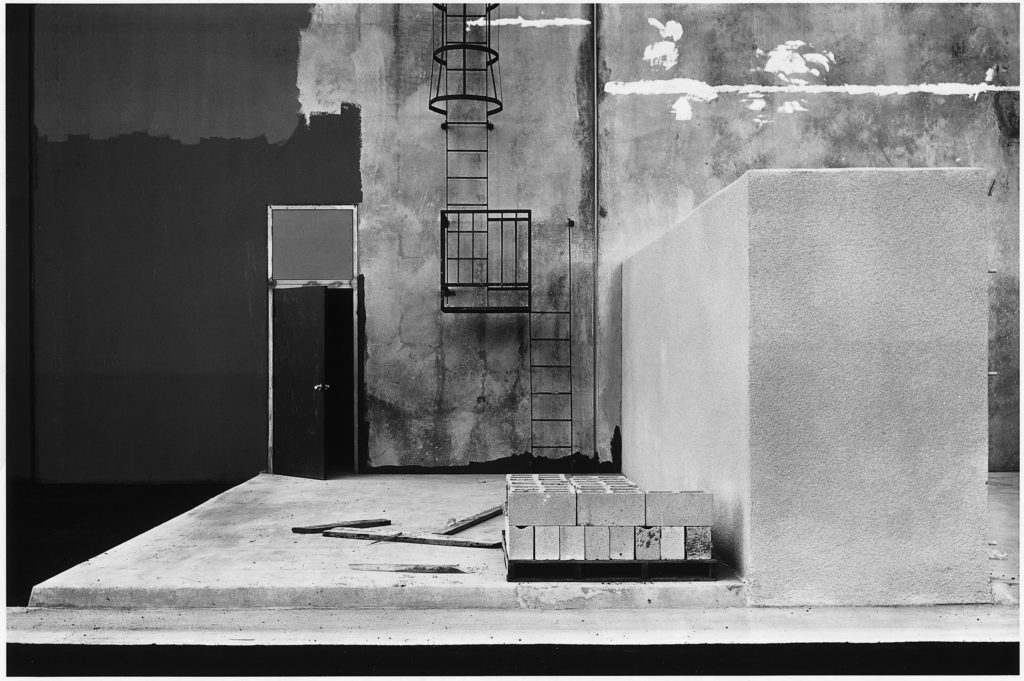Lewis Baltz was an American Photographer Born 1945 who had an important role in the New Topographics movement of the 70s.
He was one of the first photographers to challenge the dominant methods of landscape photography at the time. He confronted the ideas of the “zero club” photographers at the time and along with 9 other photographers pioneered the New Topographics movement which turned photography’s perspective towards shooting urban man made features.
Lewis was trained to use photography as an art medium, to intersect with other aesthetic social questions rather than a practical form of diarizing and documentation.
Baltz grew up in one of the most rapidly urbanizing placing in the world – Southern California in the post war period. He watched the changes taking place he described it as a new world being born however not a very pleasant one.

It was a new homogenized American environment that was marching across the land and being exported. He noticed that no one wanted to confront this. This realization was the initiation of his interest in shooting the urban and igniting the New Topographic.

The above image was taken in 1974 and it is called “The New Industrial Parks” and it is part of a monographic series along side “The Tract Houses”, “Maryland”, “Nevada” and “Park City” wherein Baltz addresses cultural and philosophical questions about industrial zones and an artistic documentation of the boom in the urban landscape.
This piece relates well to Lewis’ motive to focusing on the familiar and creating an aesthetic out of the mundane. He does this by shooting a mundane building but making use of a deadpan viewpoint to create a somewhat symmetrical image with many leading lines. These leading lines create a grid like triad which splits the image vertically to comply with the rule of thirds.
The image has a shallow depth of field which gives it a 2D shape which can be an allusion to the lack of humanity which comes from urbanization.
The three slender trees on the right of the image are positioned strategically in line with the rule of thirds grid Lewis created and they add a sort of contrasting tension to the composition as they look like they are being overpowered by the colossal building behind them which consumes the whole frame. This could have been an attempt at pointing to the idea of mans impact on natural landscapes and how they are being overpowered.
The low saturation and more greyscale colours in the images convey the gloomy emotions of the industrialisation. The image also has a very wide tonal range.














